Lemon trees, an Asian native species, have been tenderly cultivated in the verdant landscapes of New Zealand for their succulent fruits and fragrant blossoms. These perpetual evergreens embark on a beguiling life journey – sprouting from miniscule seeds into towering mature citrus bearers. In the fertile soils of New Zealand, these lemon trees typically commence flowering early in spring and sporadically continue this spectacle throughout the year. Ultimately birthing lemons that under favourable circumstances can produce multiple harvests each year. Intriguingly, these lemon trees possess a unique ability to simultaneously blossom and fruit – a rare characteristic distinguishing them from other fruit-bearing flora.
Management of a lemon tree in New Zealand demands comprehension of its growth rhythms and specific needs. It is crucial to ensure they are rooted within well-drained soil preferably positioned in sunlight soaked areas as they thrive best when drenched with abundant sunshine. The query ‘When to prune lemon trees NZ?’ becomes paramount for those keen on maintaining their tree’s optimum health status. Pruning is not just an essential technique but also requires apt timing which ideally follows harvesting period. This technique imparts more than just aesthetic appeal to the plant by shaping it; pruning also removes dead or diseased branches thus stimulating new branch growth while augmenting fruit production thereby safeguarding overall plant health.
The Importance of Pruning for Lemon Trees
The question of pruning, an essential practice for the upkeep and productivity of lemon trees, often leaves one mired in perplexity. The task centres on cutting away those branches that are deceased, damaged or infected by disease, ushering in sunlight and air into the tree’s canopy to stimulate growth and fruit production. Understanding how to prune a Meyer lemon tree specifically in New Zealand can make a significant difference given their robust growth tendency which demands more rigorous pruning to control their size and form.
Puzzlement also frequently arises concerning when lime trees should be pruned within the confines of New Zealand gardens. The timing hinges largely on the specific variety of tree as well as its cycle of growth; however, there is general consensus that late winter or early spring serves as optimal moments for pruning. During these periods, dormancy has set over the citrus tree rendering it less susceptible to stress or diseases potentially induced by pruning activities. Let it not be misunderstood – prudent timing combined with adequate pruning bursts forth decisively influencing both resilience and fruitfulness within lemon trees.
Determining the Right Time to Prune Lemon Trees
As a custodian of the humble lemon tree, grasping the optimal moment to prune is pivotal for ensuring a flourishing and fruitful tree. “Can I give my lemon tree a summer pruning?” is an inquiry that often echoes in gardening circles. Affirmatively, embarking on pruning during those balmy months can be advantageous, especially in locales with gentle summers like certain niches within New Zealand’s geographic canvas. This phase sees trees energetically stretching out their limbs towards growth – an opportune time to sculpt your tree and bolster its health.
When it comes to grapefruit trees – another citrus species popularly dotting New Zealand’s landscape – confusion frequently looms over when exactly these should feel the gardener’s shears touch their branches. The query: “When does one prune grapefruit trees in NZ?” regularly emerges amidst horticultural discussions. While there may be slight deviation between pruning timescales of these grapefruit giants vis-à-vis their petite lemon brethren, conventionally late winter segueing into early spring heralds the season for both before new sprouts make their appearance. Yet, under milder climes akin to New Zealand’s temperate weather patterns, this window extends till late spring or even early summer invitingly opens up itself for this task! The fundamental goal steadfastly remains unchanged – promoting vigorous growth and fruit yield while preserving a healthy structure manageable by any green thumb.
Factors Influencing Pruning Time for Lemon Trees
Poring over a schematic that details the pruning of a lemon tree can impart crucial insights needed to grasp the art and science behind effective trimming. This blueprint goes beyond merely highlighting specific zones on the tree that call for pruning; it also points towards an opportune time within the annual calendar when such action would be best undertaken. Nonetheless, this graphical guide should not be used in isolation but rather, coupled with other determinants that sway optimal timing for lemon tree pruning within unique locales.
The question – “What is the prime month to clip a lemon tree?” – calls for careful contemplation of numerous variables exclusive to each context. Of particular import are local weather conditions and climate patterns, which wield considerable influence over ideal pruning timings. In regions blessed with gentle winters, chopping can take place during periods of dormancy usually observed in late winter or early spring. On the other hand, in locales cursed with severe winters, it’s prudent to postpone any cutting until frosty threats have receded so as not to inflict undue strain on our citric friend. Beyond weather specifics, elements like age of the tree, its health status and fruit-bearing cycles might also weigh heavily on determining perfect prune timings. Comprehending these factors ensures not just efficient clipping but also feeds into overall wellbeing and productivity levels of your fruitful citrus plant.
- Local Weather Conditions and Climate Patterns: These play a pivotal role in determining the optimal pruning time for lemon trees. In regions with mild winters, pruning can be done during the tree’s dormancy period, typically late winter or early spring. However, in areas with harsh winters, it is advisable to delay pruning until any frost threats have passed.
- Age of the Tree: The age of your lemon tree also influences when you should prune it. Younger trees require more frequent trimming to shape their growth and promote fruit production while older trees may only need occasional maintenance trims.
- Health Status of the Tree: A healthy tree can withstand regular pruning better than a sickly one. If your tree shows signs of disease or pest infestation, it might be best to hold off on heavy pruning until its health improves.
- Fruit-bearing Cycles: Understanding your lemon tree’s fruiting cycle helps determine when to prune without negatively impacting yield. Generally speaking, most citrus varieties bear fruits once or twice a year and are pruned after harvest time to avoid damaging future crops.
In conclusion, effective timing for lemon tree pruning hinges on various factors that differ from region-to-region and even from one individual plant specimen to another. While general guidelines provide valuable orientation points within this complex equation – such as avoiding periods of extreme cold – no hard-and-fast rules exist that apply universally across all contexts.
Steps Involved in Pruning Lemon Trees
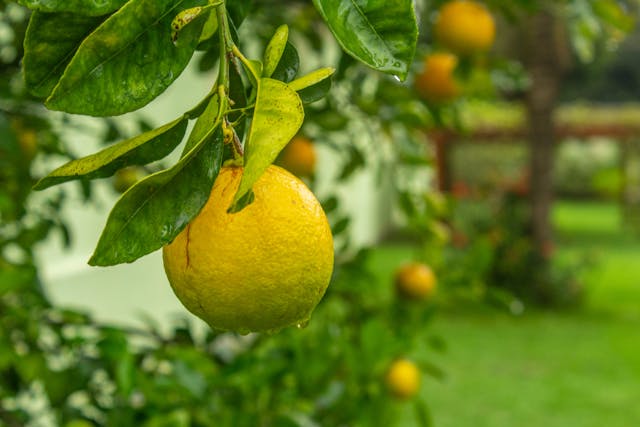
To the novice, the artful act of pruning lemon trees may seem a conundrum. However, skillful execution is paramount to preserving both vitality and fecundity of these fruitful beings. At first instance, arming oneself with a clean and keen pair of pruners becomes essential; for they ensure incisions are neat and accurate – leaving no unnecessary scars on our leafy friends.
Prior to embarking on this botanical journey, it’s a matter of utmost urgency that one scrutinizes every inch of the tree in its entirety – identifying those limbs which bear marks of decay or disease or have suffered injury. These elements demand immediate redressal as they bleed away vital energy from the tree whilst simultaneously acting as gateways for infection to seep in and spread.
The secret behind triumphant pruning lies concealed within judicious snipping. Initiating cuts should be made at any dead or diseased branches — making an incision right at their base where they adjoin larger sections. Concurrently, branches that crisscross each other or grow inward need to bid farewell too—to make way for effective air passage and solar penetration.
It’s imperative though not to lose sight amidst this procedure—retaining substantial healthy branches well-spaced apart enables bountiful fruit production while ensuring easy accessibility. The process culminates by trimming away any offshoots or water sprouts which contribute minimally towards overall health and productivity.
Remember then: patience coupled with meticulous attention forms the cornerstone when navigating through this labyrinth called lemon tree pruning.
Simple Tips for Pruning Your Lemon Tree
On the path to fostering a thriving and fruitful lemon tree, one cannot sidestep the integral role of proficient pruning. Many novices may confront this undertaking with trepidation; however, mastering the art of trimming a lemon tree is indeed possible when armed with some rudimentary techniques.
Commence by sterilizing your shears or loppers both prior to and after their deployment. This step acts as a safeguard, thwarting any potential transmission of diseases from old, unfruitful wood onto burgeoning shoots. Another key note — always execute your cuts at an angle of 45 degrees; this tactic encourages rainwater runoff while concurrently lessening the likelihood of disease manifestation and decay.
As you traverse further into this horticultural expedition, it becomes crucial to discern those branches which are lifeless, afflicted by disease or frailty, or entangled in mutual overcrossing. The presence of such limbs can prove detrimental for your citrus companion’s growth trajectory and its overall fruit-bearing capacity. Moreover, frequent extraction of sap-sucking sprouts from the trunk’s base will ensure that nutrients cater predominantly towards succulent fruit production instead of superfluous foliage development.
Ensure not to err on the side of over-zealousness though – excessive pruning could beget stress within our leafy friend. A handy guiding principle would be refraining from eliminating more than one-third portion during any single trimming cycle. Adherence to these uncomplicated yet potent pointers should steer you towards achieving triumphant results in your lemon tree pruning endeavors – resulting in optimized health status along with bountiful yields.
Mistakes to Avoid When Pruning Lemon Trees
In the world of gardening, a frequent blunder often committed by green thumbs is untimely pruning of their lemon trees. Particularly in New Zealand, where the climate plays a significant role in determining the optimal time for such tasks, this misstep can critically impede both the tree’s growth and its fruit-bearing capacity. Mistiming the pruning process could leave these citrus wonders vulnerable to harsh weather conditions, thus opening doors to potential disease threats. Thus, an insightful comprehension of the lemon tree’s life cycle paired with vigilant examination of environmental parameters are indispensable in pinpointing that golden moment for strategic pruning.
Yet another pitfall to sidestep when trimming lemon trees is resorting to over-pruning. Granted that judicious clipping promotes growth and boosts fruit yield – any extreme measure might trigger undue stress on our leafy friends leading gradually yet surely towards diminished health standards. These verdant beings rely heavily on their foliage for efficient photosynthesis – an essential catalyst providing them with quintessential energy required for robust growth and prolific fruit generation. Routine but moderate snips prove advantageous; nonetheless excessive cuts pose grave threats to survival itself! At all times it becomes pivotal then, to strive for equilibrium – maintaining perfect harmony between necessary intervention and natural resilience as key determinants dictating long term sustainability and productivity outcomes.
FAQ
The unfolding tale of a Lemon Tree’s life in New Zealand is marked by episodes such as germination, transition to seedling stage, stepping into vegetative development, blossoming with flowers, ushering fruit and finally reaching maturity.
Pruning takes an imperative role in a Lemon Tree’s existence as it governs their expansion both size-wise and shape-wise. This operation stimulates branching out afresh while magnifying fruit production. It also serves to eradicate dead or diseased wood that may hinder its growth.
Ideally, late winter or early spring becomes favorable times to prune lemon trees just before new shoots sprout forth. However, circumstances necessitating light pruning can lead one to undertake this task at any time throughout the year.
Several factors influence decisions regarding pruning timing for your prized lemon trees – these include considerations like tree age and health status; local climatic conditions; seasonality; alongside specific expectations from pruning whether it be shaping up or amplifying fruit yield.
Indeed! The journey through a typical trim involves prepping your tools first followed by singling out branches earmarked for removal. Accurate cuts at precise angles are key then application of sealant if deemed necessary comes next culminating with appropriate disposal of pruned material.
Certainly! Handy hints making your job easier would involve employing sharp clean tools ensuring minimal damage while cutting, avoiding over-zealous pruning, timing it right with the season, precision in angle while cutting and diligent aftercare.
Pitfalls to steer clear from while undertaking this endeavor include ill-timed pruning not aligned with seasons; excessive removal of branches; imprecise cuts causing damage; using tools that are either blunt or unclean leading to infection spread and overlooking post-pruning care.
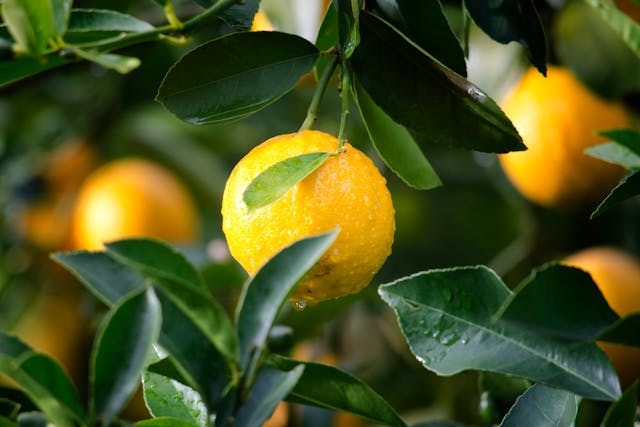




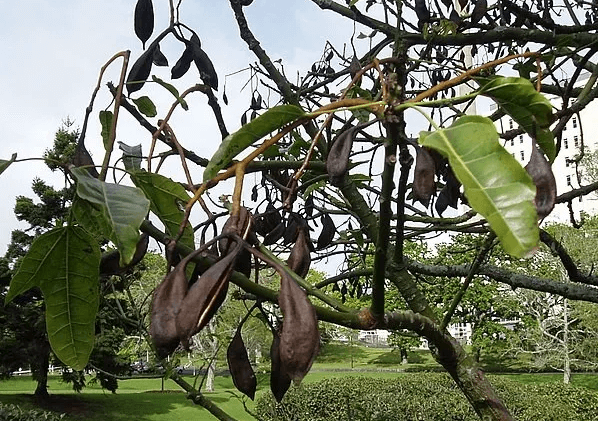

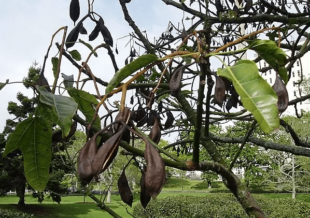
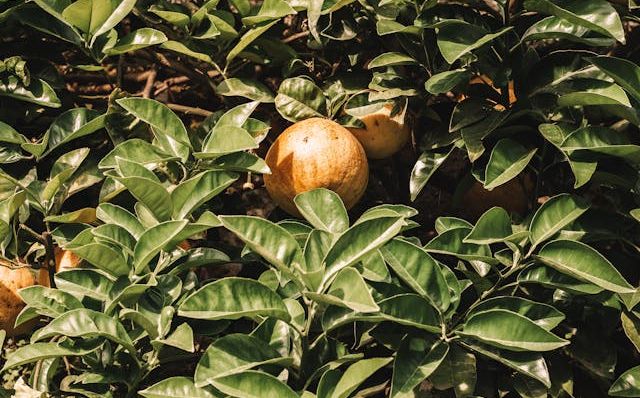

+ There are no comments
Add yours